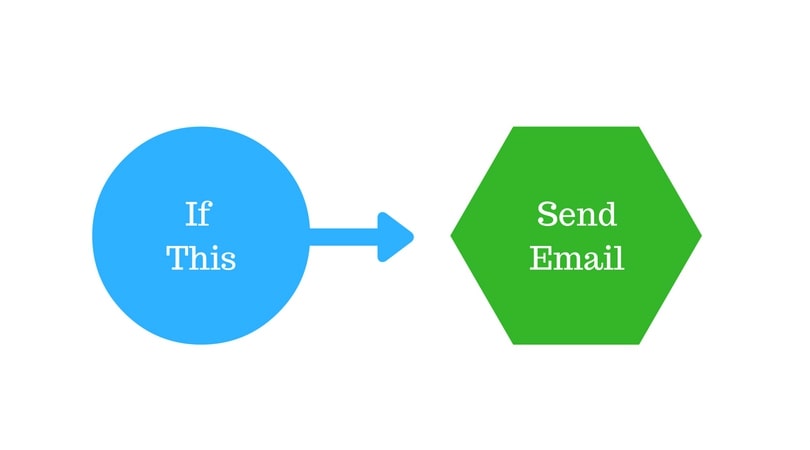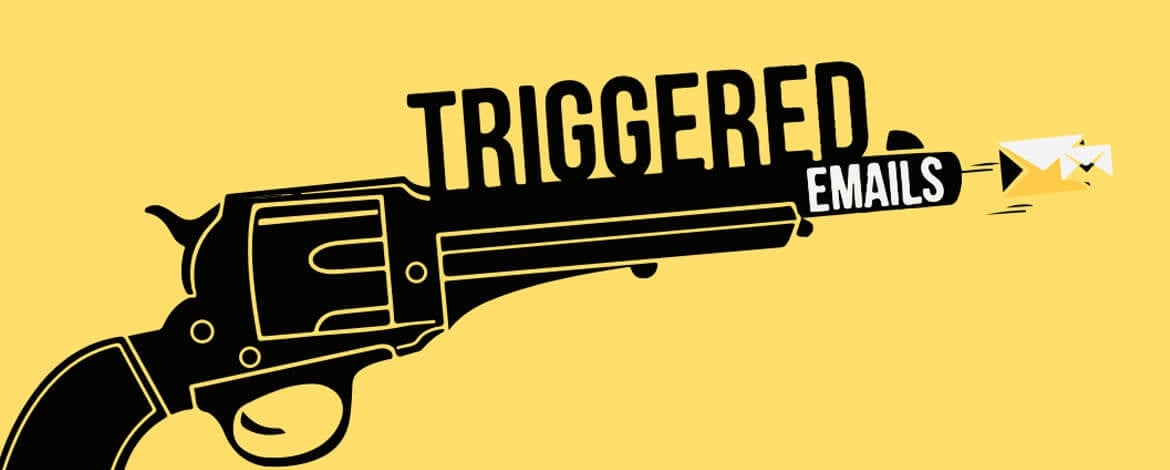8 Ingenious Methods for Sending Trigger Emails
What email customization technique is the most effective? Email automation is the key to finding the solution. You can send personalized emails to the appropriate recipients at the appropriate times with the aid of automated emails. It may seem paradoxical to use automatic emails to gain the advantages of personalization. These emails go by the name "triggered emails" because they are sent in response to an actual event that occurs on your website. This type of email's relevance creates the impression of a personal touch. I'll show you eight incredible techniques for sending triggered emails in this article, along with a ton of advice on how to do it successfully. Let's get right to the specifics now.
What is a triggered email?

As an email marketer, you are already aware of the various email formats that can be used to establish a relationship with your clients. Some emails, like newsletters, are one-offs, but some take the form of a series. Additionally, these series are sent automatically after a client or subscriber completes a specific task. The email sent is referred to as a "triggered email" and the activation is known as the "trigger."
In contrast to regular promotional emails, triggered emails are automatically sent to a specific customer based on that customer's actions. Promotional emails, on the other hand, are distributed to a group of people regardless of their actions.
8 effective ways to send triggered email

You can benefit from a variety of triggered email formats. Let's examine each of them individually.
1. Welcome emails
The open rates of automated email campaigns are nearly 70% higher than those of conventional emails. The open rates may even be higher if that email is a welcome message sent automatically to new subscribers. If you don't take the time to properly welcome your new email subscribers, you'll miss out on some significant opportunities to make an impression. Welcome emails are opened 10 times more frequently than any other emails.
Upon completing the opt-in process, a new subscriber will automatically receive welcome emails. Typically, these messages welcome the reader and offer the following instructions, like:
- - Introduction of your brand/head of the company
- - What they can expect from your brand
- - CTAs that lead to other content worth discovering
Since it's important to avoid overwhelming the new subscribers, welcome promotions are frequently broken up into brief series. On the basis of additional variables, such as set time intervals and subscriber actions, these series are further automated.
2. Onboarding emails
Despite being frequently combined in an automatic welcome sequence, welcome emails and on-boarding emails are two very different emails. An onboard email differs from a welcome email in that its purpose is to initiate the purchasing process for new subscribers.
For instance, new subscribers to HelloFresh are invited to the company as part of their welcome series and then receive emails encouraging them to check out their food services. In the example below, an onboard email might have been activated following the subscriber's review of a few member-only menu options. Therefore, the company now wants to demonstrate to the subscriber how easy it can be to get started.
These onboarding emails occasionally offer incentives to encourage subscribers to act. The incentive in this example is a $20 discount on each of your first three deliveries. This is a fantastic strategy for getting new subscribers to use your goods or services.
These onboarding emails occasionally offer a reward to encourage subscribers to take action. In this case, the reward is a one-time discount of $20 off each of your first three deliveries. This is a fantastic way to entice new subscribers to sign up.
3. Transactional emails
Emails used for transactions can be sent in various ways. The majority of transactional emails, though, are sent to customers after they make a purchase. When a customer makes a purchase from your online store, you will either email them a digital receipt or give them one in person when they check out.
Again, even though the most typical transactional email is triggered by the purchase, these emails can also be activated for a number of other reasons. Transactional email has been sent to confirm that a transaction has occurred, per definition. Any of the following could apply, in addition to a transaction:
- - Password reset notification
- - Registration confirmation
- - Cart abandonment email
- - Feedback request
- - Even confirmation email and more
An automatic email confirming the event should be sent to the recipient once all of these transactions have been completed so they can confirm what has happened and when. Even better, automatic transactional emails generate six times as much revenue and receive eight times as many opens and clicks as any other type of email.
This example of the Waking Up brand is a transactional confirmation email, as opposed to the example above, which is a typical post-purchase transactional email. There are many different ways to activate this type of transaction email. Say someone is just creating their user profile because they are new to the Waking Up brand.
To make sure the user who is registering for the app is who they say they are, this email can be sent automatically as part of the initial setup process. Another possibility is that the user forgot their app login password. They ought to have activated this email when they clicked the "Forgot Password" button to prove their identity and allow them to proceed with the reset procedure.
See more: https://blog.avada.io/resources/trigger-email.html
Thank you for reading
Comments
Post a Comment